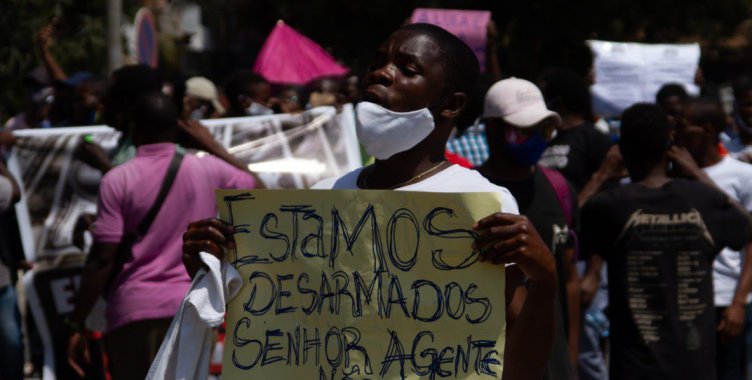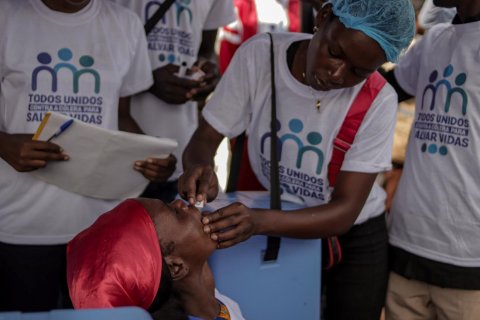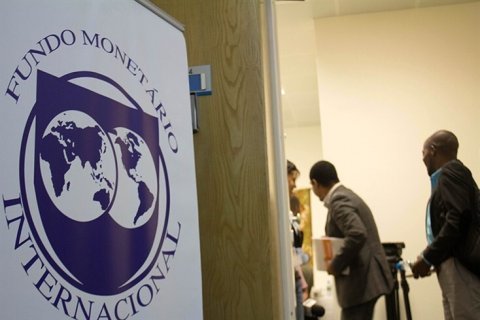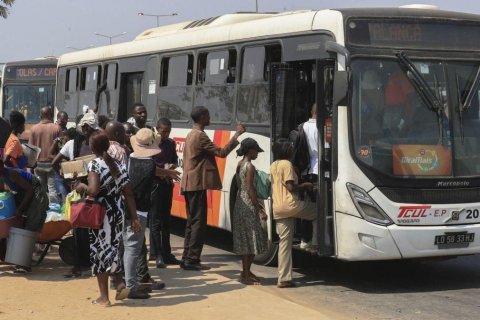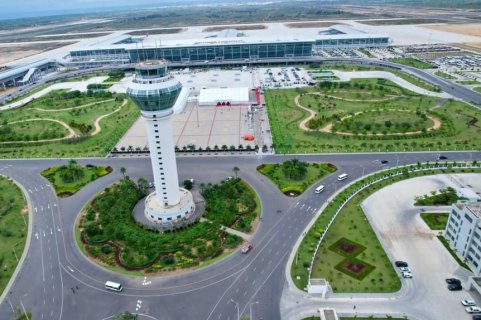According to the study, based on a survey of 40 people, including defense and security personnel, affected families and ordinary local citizens, the region experienced a climate of "terror, fear and curfew" following the incidents of January 30.
Regarding the number of deaths resulting from the incidents, the report says that 80 percent of police officers surveyed on the scene reported seeing between one and five dead, while the remaining 20 percent reported between six and 10 dead.
The police account, the study says, "is contradicted" by 80 percent of traditional authorities, religious leaders and ordinary citizens surveyed who "say many people have died and only 20 percent cannot say the number, few or many people killed."
The report on the situation of the demonstration of January 30, 2021 in Cafunfo, was presented in Luanda by the Youth Association for Community Development of Angola (Ajudeca), author of the study conducted between February 15 and March 15.
Ajudeca says that the statements of the respondents about the number of deaths indicate that, given the dramatic and intimidating climate that has settled in Cafunfo, eastern Angola, did not allow the movement of people.
The area of Cafunfo "is surrounded by many and large ravines, a river so large, where day after day were appearing bodies and many of them in an advanced state of decomposition, in addition to the bodies that disappeared in the morgue of the hospital of Cafunfo and Cuango".
"Certain bodies were found on the riverbank, devoured by crocodiles and hippos, misrepresented the exact number of dead," the study reads.
"Regardless of whether or not there is speculation," the report notes, "we are faced with the violation of a good that is life."
The study also indicates that 90 percent of the police officers surveyed said they "have handed over the bodies of the victims to the relatives and only 10 percent said no, while of the remaining groups 60 percent said no and only 20 percent confirmed handing over the bodies and 10 percent can't say."
Regarding the number of citizens and security forces injured in the demonstration, the study states that "police authorities indicate between one and 10 injured while the remaining group of respondents says between 21 and 30 injured.
According to the police, about 300 people linked to the Movement of the Portuguese Protectorate of Lunda Tchokwe (MPPLT), which for years has defended the autonomy of this region rich in mineral resources, tried to invade in the early hours of January 30, a police station in Cafunfo, province of Lunda Norte, and in defense the forces of order and security shot dead six people.
The police version is contradicted by the leaders of the MPPLT, political parties in the opposition and local civil society that speak of more than a dozen deaths.
Zeca Mutchima, president of the MPPLT, arrested in Luanda, is pointed out by the authorities as the ringleader of this alleged "act of rebellion" that for the local citizens was a "peaceful demonstration".
According to the results of the survey, 90 percent of the respondents in the category of national police officers, traditional authorities and religious leaders said that the protesters on the day of the incident "used firearms and white weapons, and the rest said they identified only placards and pamphlets.
Most of the personnel of the forces of order and security, the study indicates, "were armed with firearms".
More than 500 people, says Ajudeca, took to the streets on January 30, in Cafunfo, with the purpose of "holding a peaceful demonstration" which "unfortunately ended in the bloodshed of many of the region's children and the disappearance of others".
Better living conditions, aiming at the reduction of asymmetries, the recognition of the MPPLT, the existence of an administrative entity, the inclusion of a more open dialogue between the Government and society, and political insecurity in the region are pointed out, by the report, as some of the motivations for the protests.
The creation and implementation by the government of "more inclusive policies that truly benefit the populations, especially those living in rural areas," are among the recommendations of the Angolan non-governmental organization's survey.

